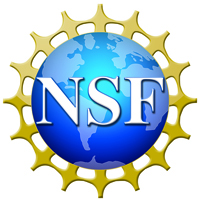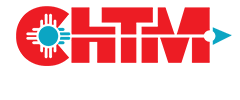Recent News
QU Reach Accepting 2024 Applications
January 23, 2024
CHTM Students Win Awards
June 6, 2023
CHTM is turning 40!
May 24, 2023
OSE/CHTM Student Wins Prestigious Award
April 11, 2023
News Archives
Daniel Feezell Receives National Science Foundation (NSF) CAREER Award
February 2, 2015 - Excerpted from the UNM Newsroom

Daniel Feezell, assistant professor in the Department of Electrical and Computer Engineering at the University of New Mexico, is the recipient of a National Science Foundation (NSF) Faculty Early Career Development (CAREER) award.

The $500,000 award begins March 1, 2015 and continues through February, 2020. The NSF CAREER program is geared toward helping early-career faculty get strong starts on their academic careers. The award is NSF’s most prestigious award in support of junior faculty who exemplify the role of teacher-scholars through outstanding research, excellent education, and the integration of education and research within the community.
Feezell's project is titled “Short-Wavelength Vertical-Cavity Surface-Emitting Laser Arrays Using Nonpolar and Semipolar GaN.” Much of the work on the project will be done at UNM’s Center for High-Technology Materials (CHTM), and some will be done in collaboration with the Center for Integrated Nanotechnologies at Sandia National Laboratories.
Feezell said the basic thrust of the project is to develop arrays of blue and green vertical-cavity surface-emitting lasers (VCSELs) with stable polarization of the light emission by using novel orientations of the semiconductor material gallium nitride (GaN).
Applications of this technology could include improved high-density optical data storage and high-resolution printing, improved mobile displays and projectors, and advancements in chemical/biological sensing and atomic clocks.
One example of a possible practical application would be the addition of projection capabilities on smartphones. Feezell said such a projector could be included on the back of the phone, right next to the camera.
“This would allow your phone to become a display projector, so you could view movies, pictures, or PowerPoint slides on the wall or on a screen instead of directly on your phone,” Feezell said. “You could basically have a projector in your pocket.”
Excerpted from a story published by Kim Delker in the UNM Newsroom.


